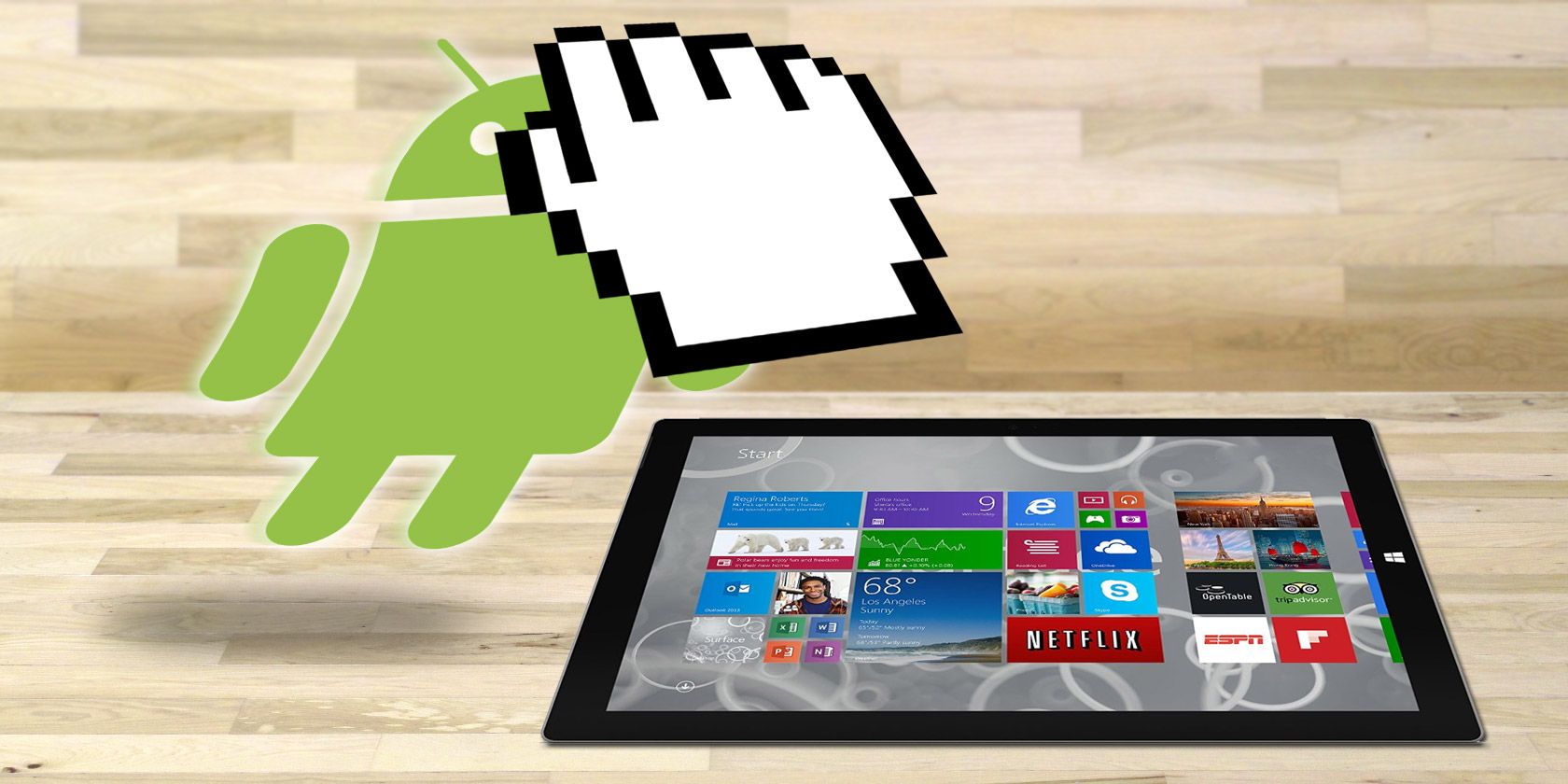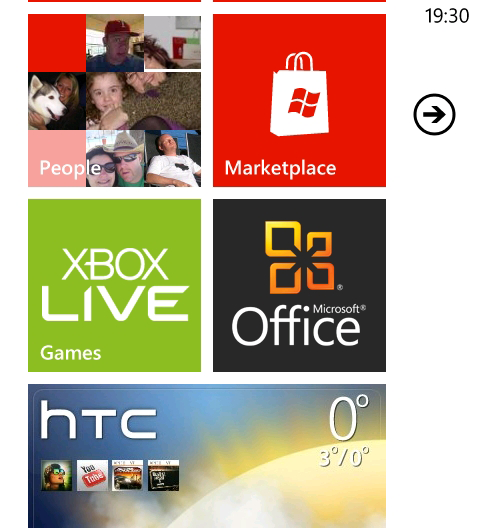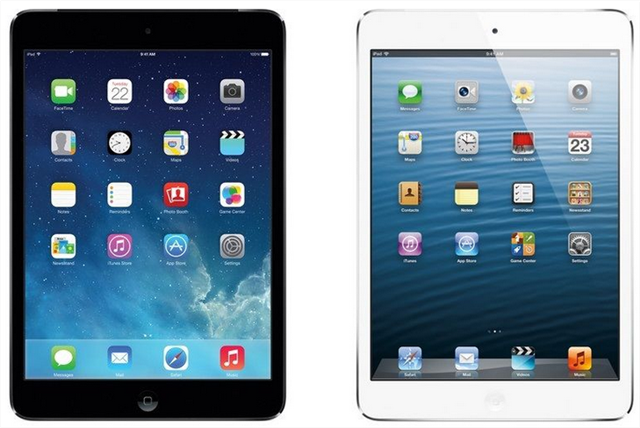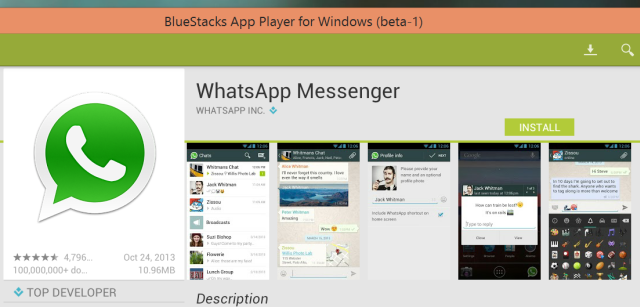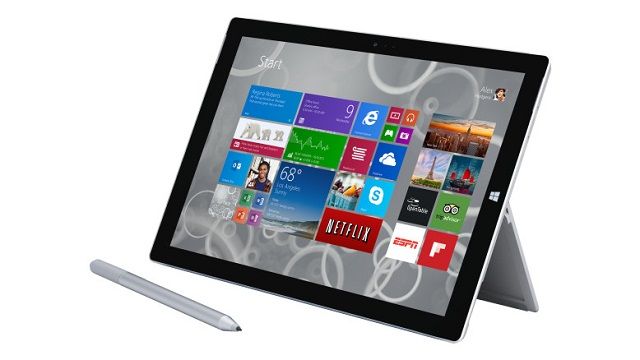Microsoft wants you to use Windows, and it will stop at nothing to make that happen. Whether you're using a desktop, a phone, or even a games console, the technology giant has a plan to make sure you're gaming, working, or social networking on its operating system.
Do you use Android? Microsoft wants you. Same goes if you're an iOS user. But why would you swap your iPhone 6 or Samsung Galaxy S6 for a Windows Mobile (Windows Phone has been "unbranded")? Why would you swap a PS4 for an Xbox One? Do you really want to ditch your Mac OS X for a Windows 10 desktop?
The answer, almost resoundingly, would be "no".
But what if I told you something new? What if you could run your favorite mobile apps from Android phones and tablets and iPhone and iPad on a Windows device? Any Windows device.
Now you're listening.
Microsoft has announced plans to do exactly that. Like I said, they will stop at nothing to have you using Windows…
Microsoft's Modern Metro Mistakes
While a useful interface for touchscreen devices, the Metro/Modern tile-based interface introduced with Windows 8 was heralded by Microsoft as an important new stage in Windows' evolution. Now, of course, we know this to be a bit of an exaggeration; on the whole, people disliked the Start screen, to such an extent that the Desktop Start button and menu has been restored in Windows 10.
But Microsoft was looking to the future when they introduced their tile interface. The problem is, the execution wasn't quite right. Back when Windows Phone 7 launched, rumors indicated that apps would be shared across phone and Windows PCs, data would be synced, and that Microsoft would be making it very easy for developers to port their Android and iOS apps to the mobile platform. These rumors persisted through Windows Phone 7.8, 8 and Windows Phone 8.1, but a quick look at the Windows Store shows that while it is possible for developers to port games from other platforms, it isn't as easy as they, or Microsoft, would like.
This situation has set back Windows Phone considerably (perhaps contributing to its name change) and hasn't helped Windows either. Microsoft's new plans should be instrumental in turning this around.
The Four-Point Plan to Attract Apps
In order to get you using Windows everywhere, Microsoft has conceived and is in the process of implementing a compelling four-point plan. The target is greater app choice, a development that should make it easier for people to switch to Windows 10, which will be a free upgrade for many Windows 7 and 8 users.
Web Developers Can Convert Sites to Windows apps
To begin with, website developers will be able to list their apps in the Windows Store, with constraints on web apps relaxed to give access to storage, camera, microphone (where required), and even the ability to display full screen video. To all intents and purposes, these will be indistinguishable from standard apps, and give Microsoft a way to begin bridging the so-called "app gap".
Windows Apps Can Be Sold Through the Windows Store
As things stand, you can visit a website and download an app, or you can find one in the Windows Store. With Windows 10, this will be revised, with the Windows Store able to distribute "traditional" Windows apps, written in one of the .NET technologies, Win32, or virtually any other method of software development.
To make installing such apps more attractive, they will install, update, and uninstall without any problems. This will be facilitated by virtualization technology.
Project Islandwood: Courting iOS developers
With this part of the plan, Microsoft has worked with iOS developers to help them to port apps and games to Windows (remember, this includes desktop, tablets, and phones). A middleware layer has been developed to provide the APIs expected by iOS apps. This isn't emulation, however, as Windows will be communicating directly with the apps.
Arstechnica reports that the Candy Crush Saga for Windows Phone was one of the initial apps brought to the platform in this way, with very little of the code changed by the developers.
Android Apps on Windows with Project Astoria
Given the widespread availability of Android devices and apps, the most important part of this news is no doubt the prospect of Android apps being capable of running on Windows devices. Windows Mobile devices alone would benefit hugely here. They are set to feature an Android Runtime that will run Android apps written in Java and C++ without modification (unlike iOS apps with Project Islandwood).
However, 100% coverage is unlikely due to the different ways in which Android apps are put together (this is due to the differences between AOSP, the Android Open Source Project APIs and those provided under GMS, Google Mobile Services). Given how far they have come with this, it seems unlikely that this will prove much of a problem. Once developers see their competitors reaching a new audience with minimal effort, Microsoft will no doubt be expecting a snowball effect.
Project Astoria is a step beyond what is offered with Android app emulators such as Bluestacks. This is the real running of apps in Windows, and thanks to Windows 10's cross-device architecture, that might be a desktop, tablet, smartphone, or even games console.
It does seem that Microsoft has a plan. Factor in the upgrade from Windows Phone 8.1 to Windows Mobile 10 is expected to be free and you can see why Microsoft also hopes to greatly reduce OS fragmentation.
Why the Concern over Fragmentation?
Fragmentation is a problem that has affected Android for years. It isn't seen as conducive to acquiring and maintaining a major market share and it can be a real problem for managing security issues and ensuring users all have the same, positive experience of the operating system.
This is one of the reasons why Windows 10 is compatible with a large majority of Windows 7 hardware. Microsoft wants to get as many connected PCs onto Windows 10 as possible. As Windows PCs, tablets like the Surface Pro 3, the Xbox One console, and Windows Mobile devices (smartphones and touchscreen devices with screens under 8") will all be using essentially the same OS, the market share for the OS instantly skyrockets, and Microsoft will claim a significant victory.
Android and iOS on Windows: What Do You Think?
Windows 10 is set to bring a lot of intriguing changes to the way we work, relax, and play. Rather than accessing a popular chat network like WhatsApp on your Android device, you could load the exact same app on a desktop PC, or Windows Mobile device.
This added layer of compatibility through the use of friendly APIs could be an absolute game changer, and one that competitors may feel compelled to respond to.
But what do you think? Can Microsoft use this strategy to gain a domination victory in desktop and mobile computing, or is it too little, too late? And what would the impact be on gaming if Android games were suddenly compatible with the Xbox One?
Tell us what you think in the comments.

